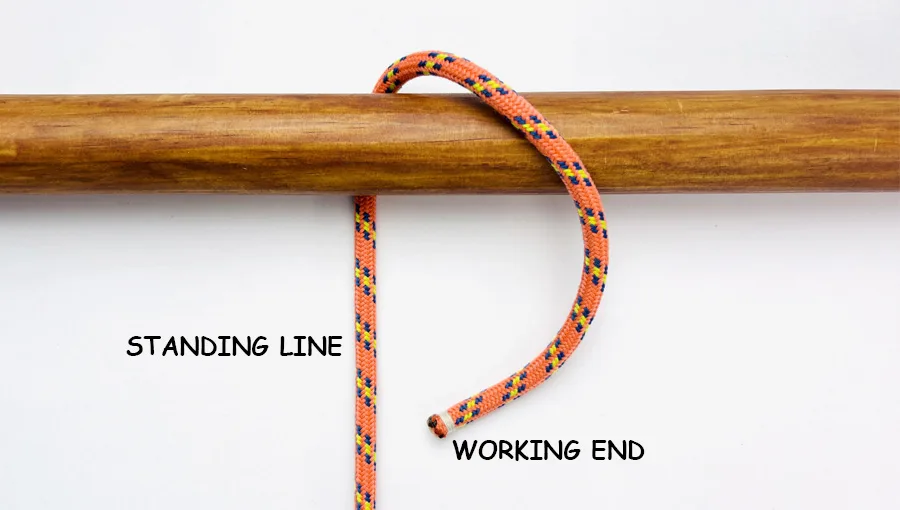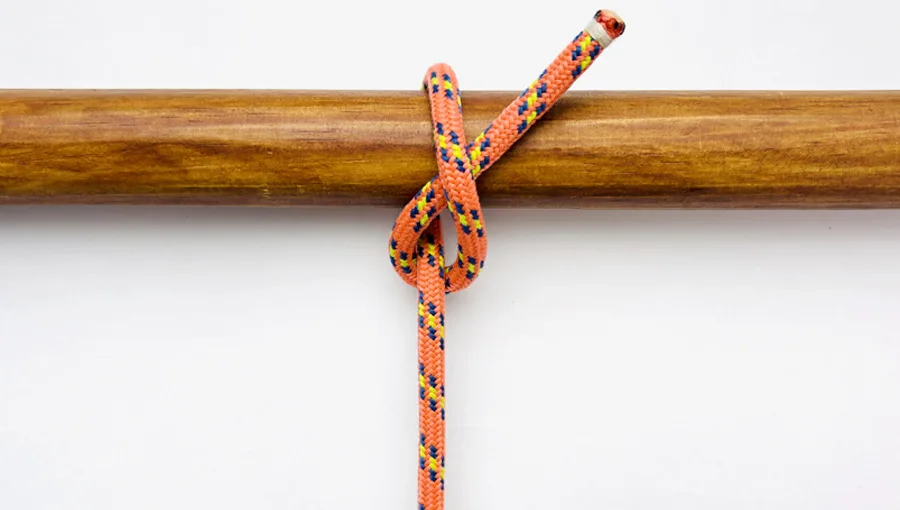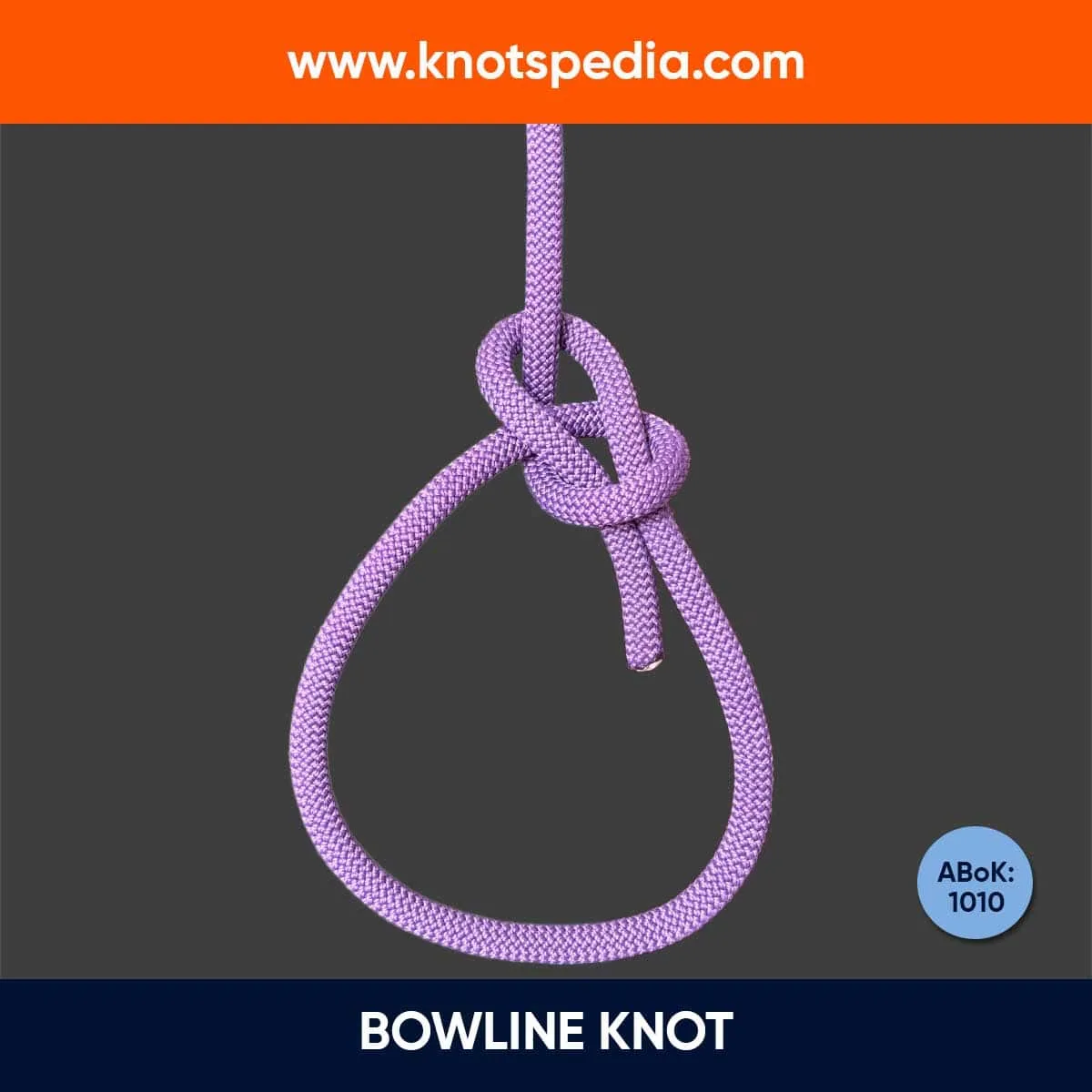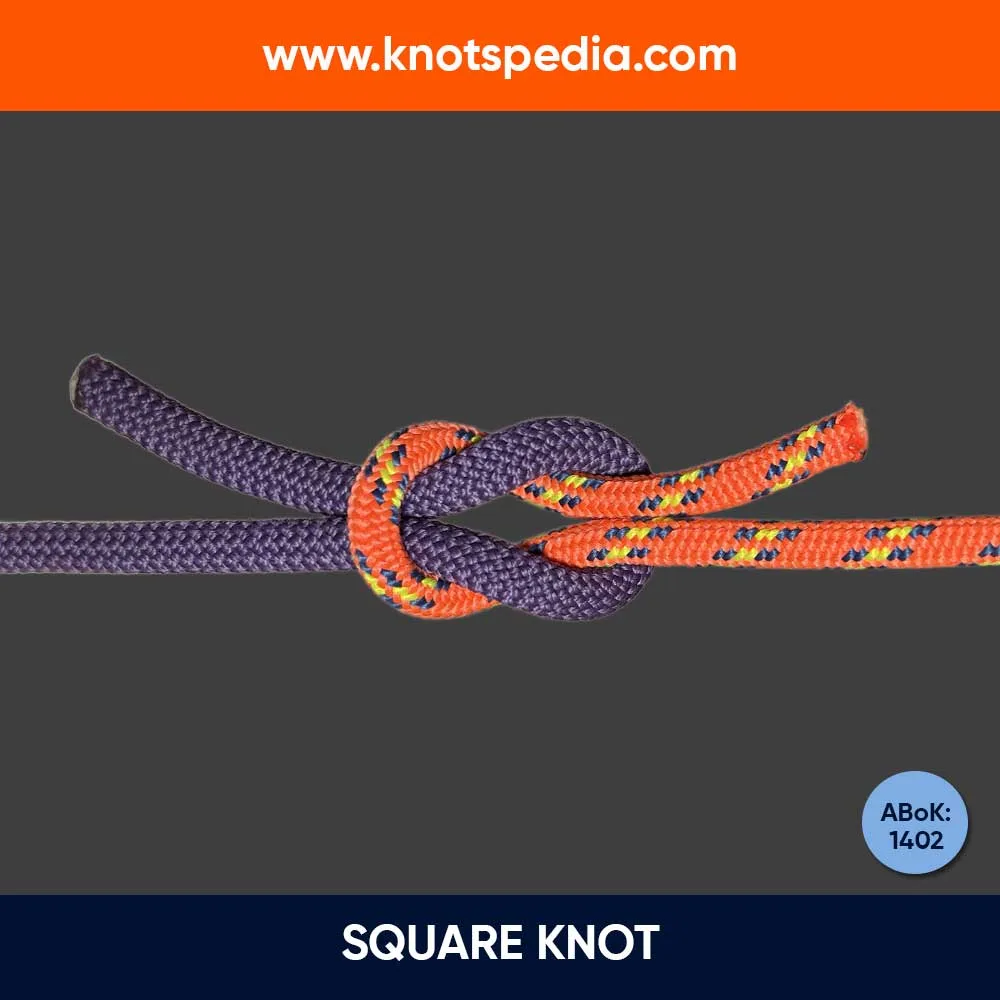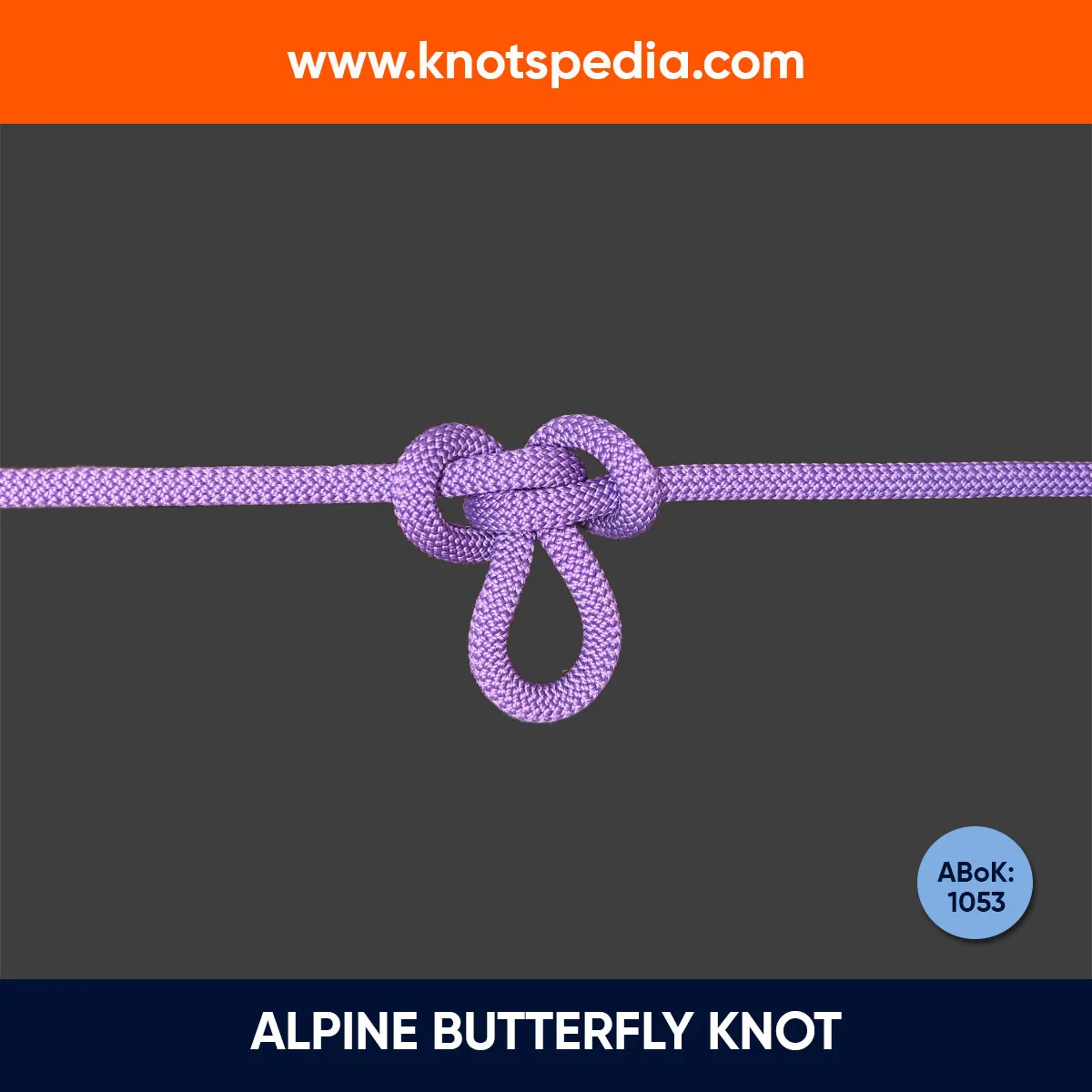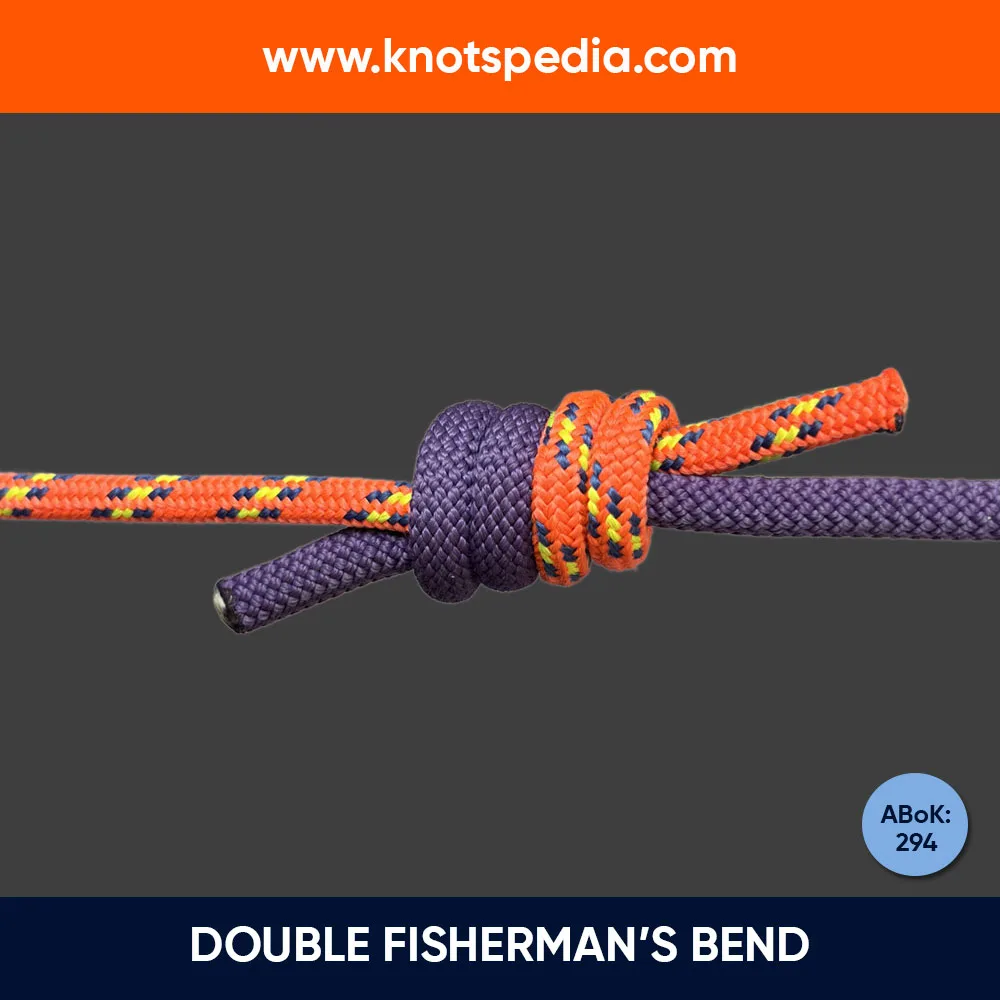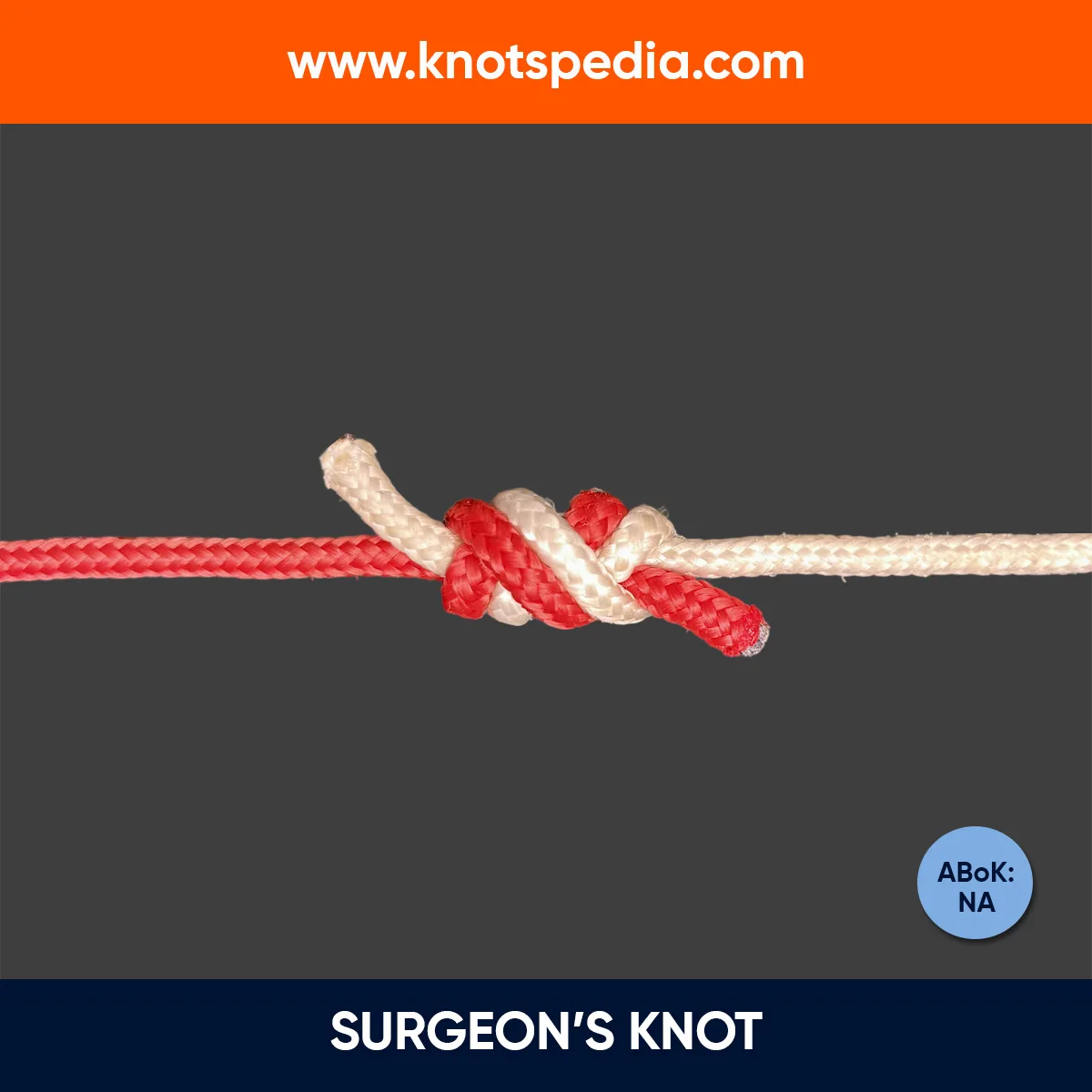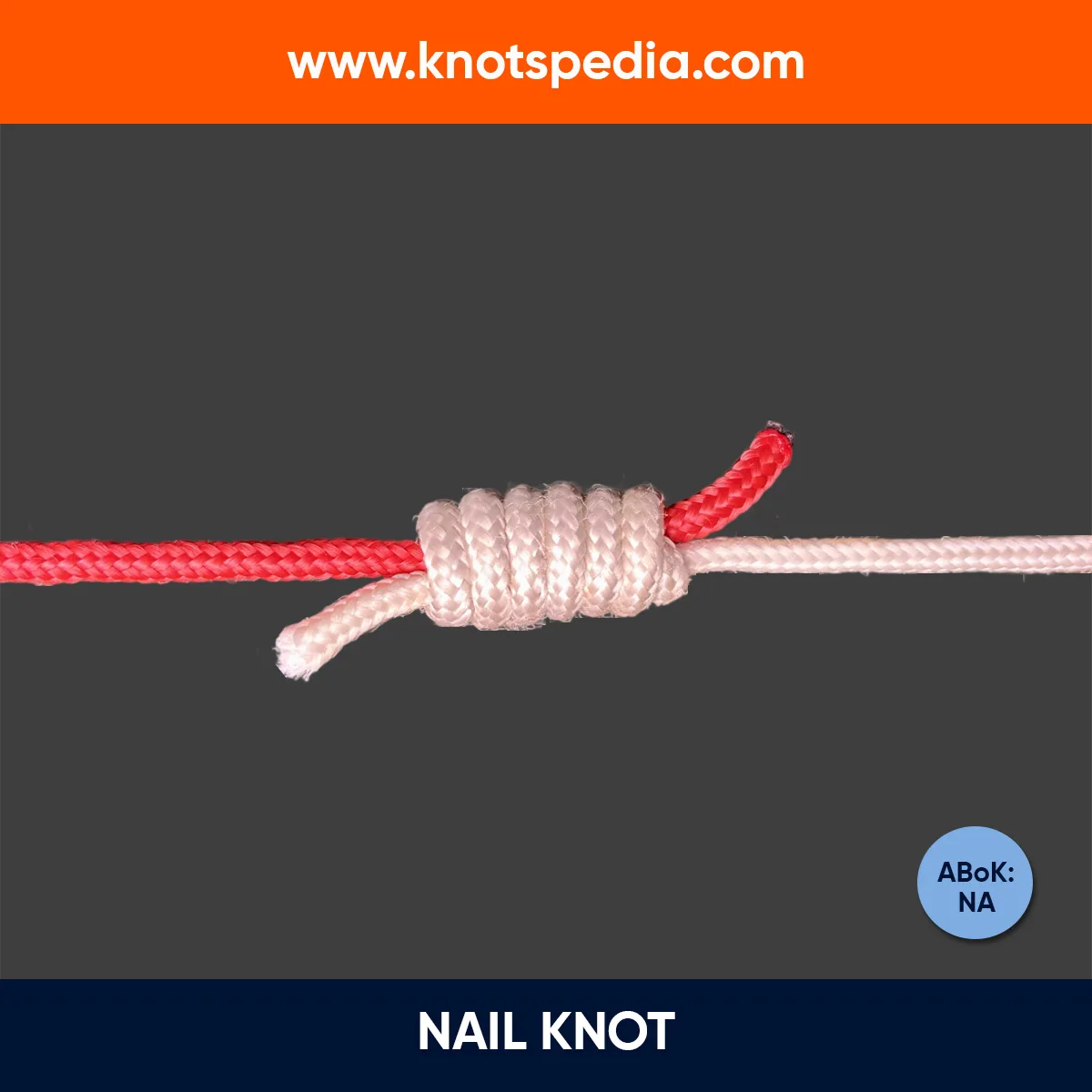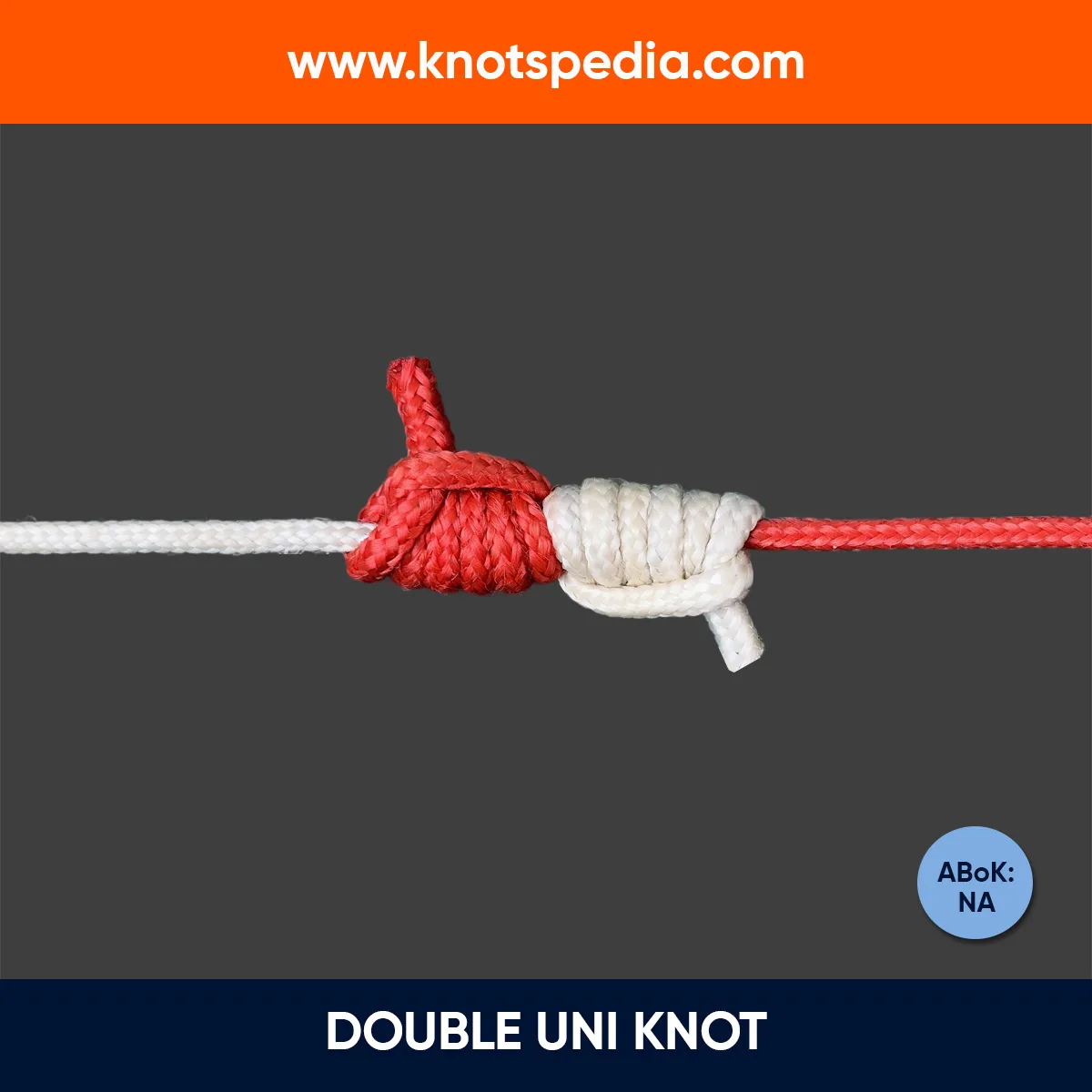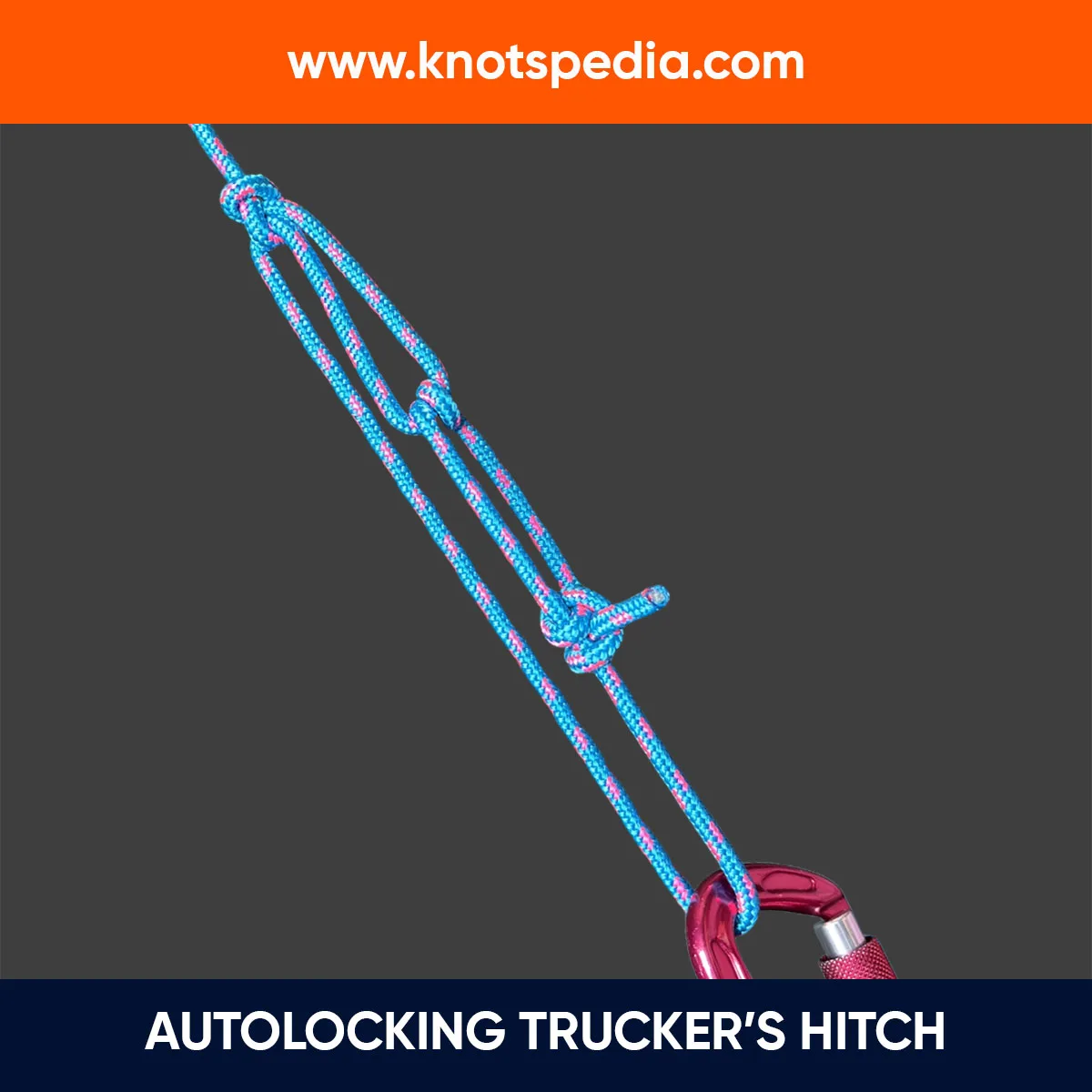The Half Hitch Knot is a simple knot that is used to tie a rope around an object.
It’s tied by wrapping the working end around the object and then under the standing end of the rope.
On its own, it’s not the most secure, but it shines when used with other hitches.
Let’s check this hitch in detail.
Half Hitch Knot Details
Type:
Other Names: Simple Hitch
ABoK Reference: #50, #1662, #1663
How to Tie a Half Hitch Knot
- Pass the rope around the object.
- Cross it below the standing line.
- Pass it through the loop.
- Tighten the knot around the support.
To untie, just pull the working end from the knot. It’s a non-jamming knot, so you’ll find it relatively easy to untie.
Half Hitch Knot Step by Step

Tying Half Hitch Knot the Correct Way
Now here’s the thing: People mess this up all the time.
They tie the Half Hitch near the standing end of the rope or let it slip down the rope.
That’s a no-go as it compromises the hitch and increases the chances of capsizing.
The Solution?
Keep the crossing end or the nip adjusted at the top of the spar. It should not be unsupported and hung downside without seizing.
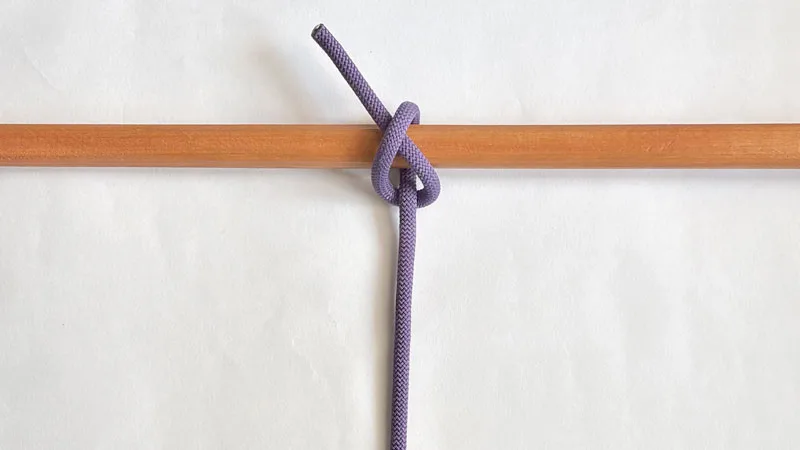
In ABoK #1717 and ABoK #1780, the Seized Half Hitch is also mentioned.
A properly tied Half Hitch holds firm and does not slip often. But it’s not as strong as the two Half hitches or other complex hitches.
Pro TIP: Tie a Figure 8 Hitch
If you want to make the Half Hitch even more secure, tie a Figure 8 hitch (ABoK #1666).
According to the Ashley Book of Knots, this hitch is secure than a Half Hitch and is useful if the hitching object is small.
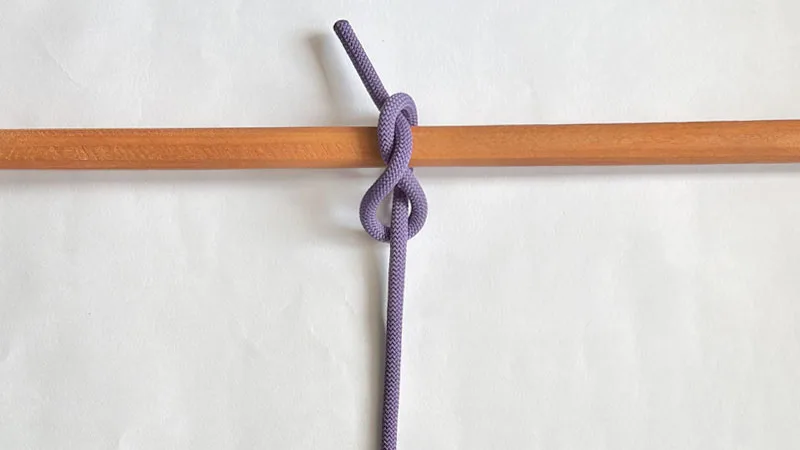
Pros & Cons
- Simple and easy to tie.
- Non-jamming, so easy to untie.
- Not reliable.
Application and Uses
The Half Hitch is rarely used for critical applications because it can come undone easily when subjected to load.
But where does it shine? When combined with other knots.
It’s popular in Knitting and Macrame tasks for its ease of untying.
Also, this knot looks attractive to the eyes and is also used for decorative works like French Whipping, which is also called the Half Hitch whipping.
It is also used in outdoor activities like tying a rope to a tree, boat, or any other object.
Half Hitch vs Overhand Knot vs Half Knot

At first glance, all three knots look like similar knots. In fact, they are tied in an identical manner as well.
So, what sets them apart?
It’s the application.
- The Overhand Knot is tied with one end around the standing part and works as a stopper knot.
- The Half Knot is a binding knot that forms the first part of the Square Knot. It is tied with both ends around the object and is used for reefing, tying up parcels, shoelaces, etc.
- The Half Hitch is a hitch, meaning you’ll pass the rope around an object and secure it to its own standing end. It’s used to tie the rope around an object.
All three are basic knots and are very rarely used in critical applications.
Other Half Hitch Knots
Timber Hitch
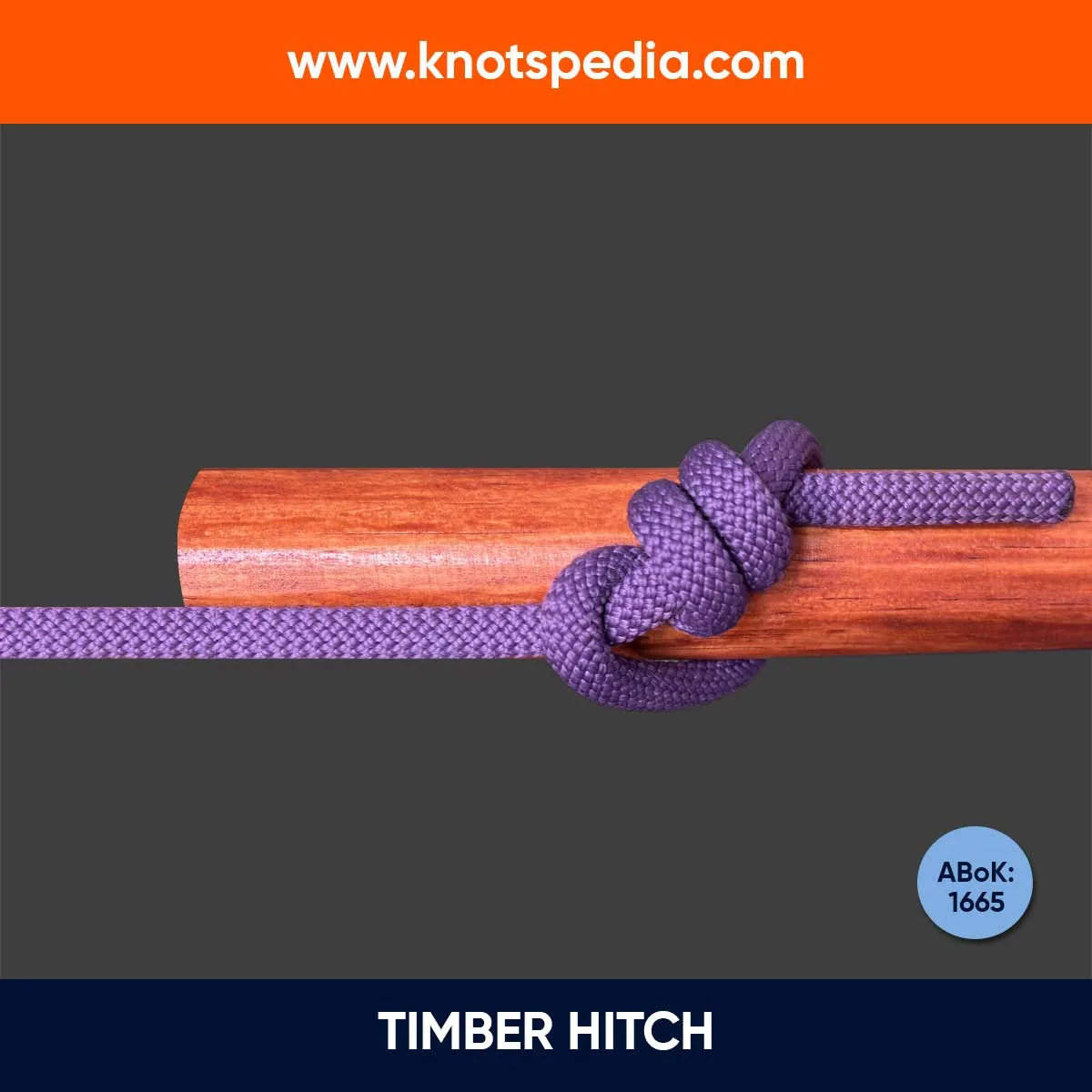
The Timber hitch is tied similarly to the Half Hitch knot.
The only difference is that the Timber hitch consists of at least three Half Hitches tied around the working end.
Slipped Half Hitch
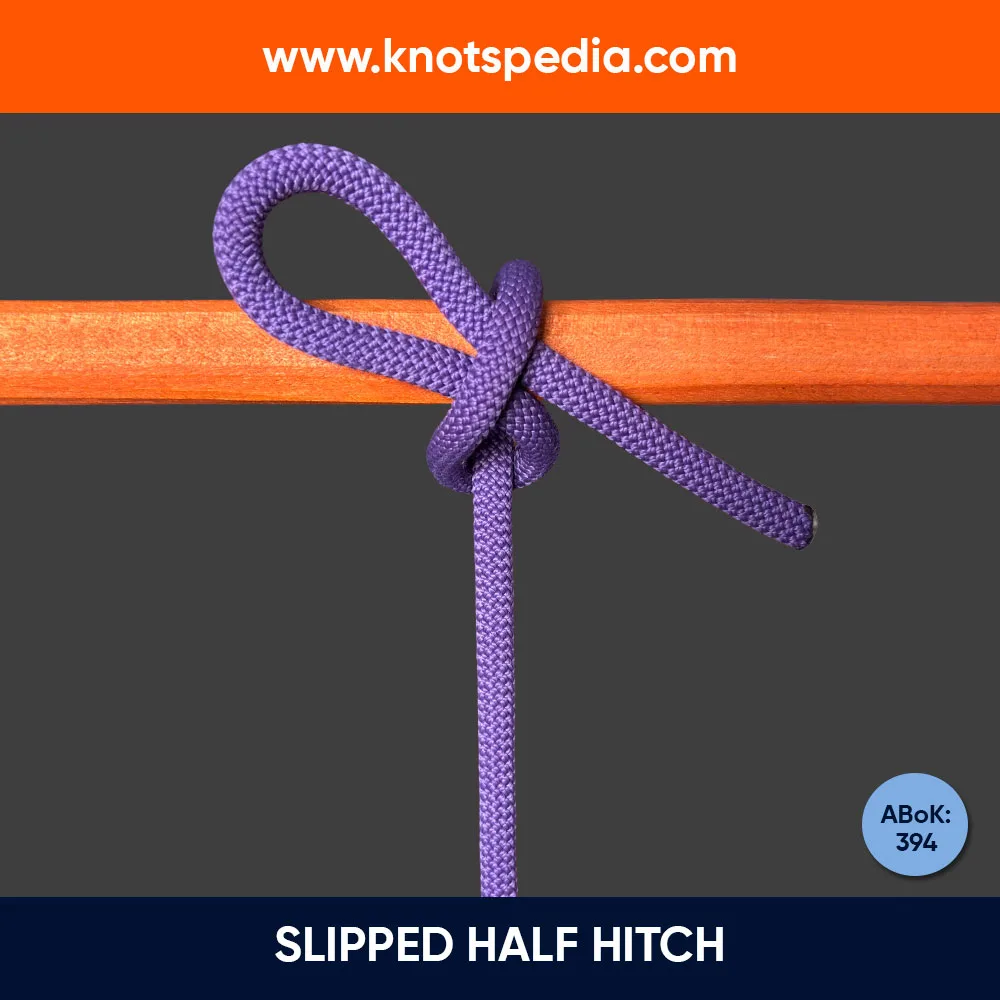
Need a quick-release option? The Slipped Half Hitch is the best bet.
It’s tied around the object with a bight instead of the free end.
This gives a quick-release hitch that can be untied by simply pulling on the tag end.
Two Half Hitches

By adding an additional single hitch to the rope’s standing part, you get a more secure hitch than the simple Half Hitch.
The Two Half Hitches look like a Clove Hitch tied around the standing part.
Round Turn and Two Half Hitches
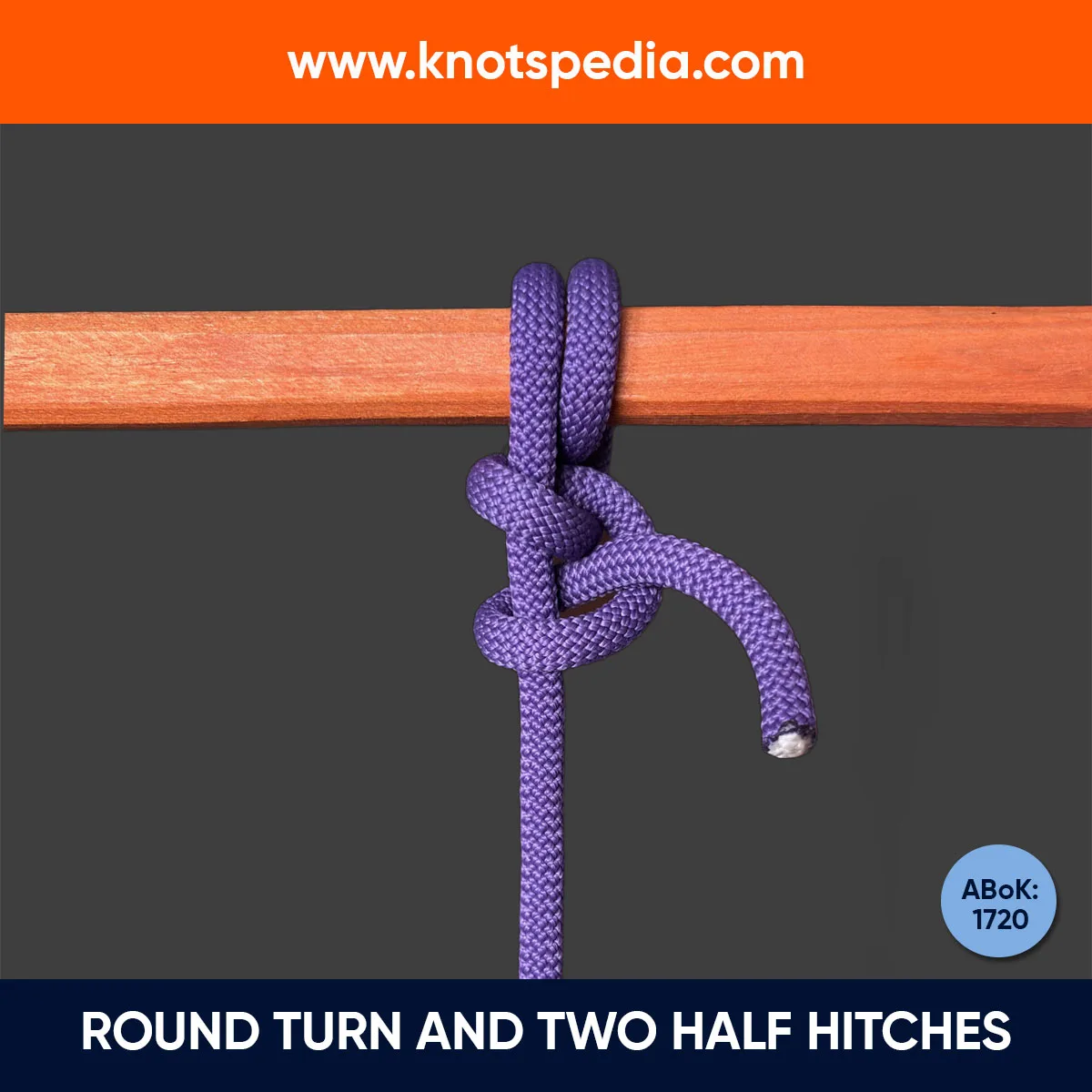
The Round turn and Two Half Hitches is the most secure hitch knot, and it’s easy to tie as well.
Just wrap a second turn around the object and add the Two Half Hitches around the standing line.
Warning: The Half Hitch is not secure when used alone, so it should never be used as a primary knot for critical applications.
Share this article or Bookmark for future reference!
